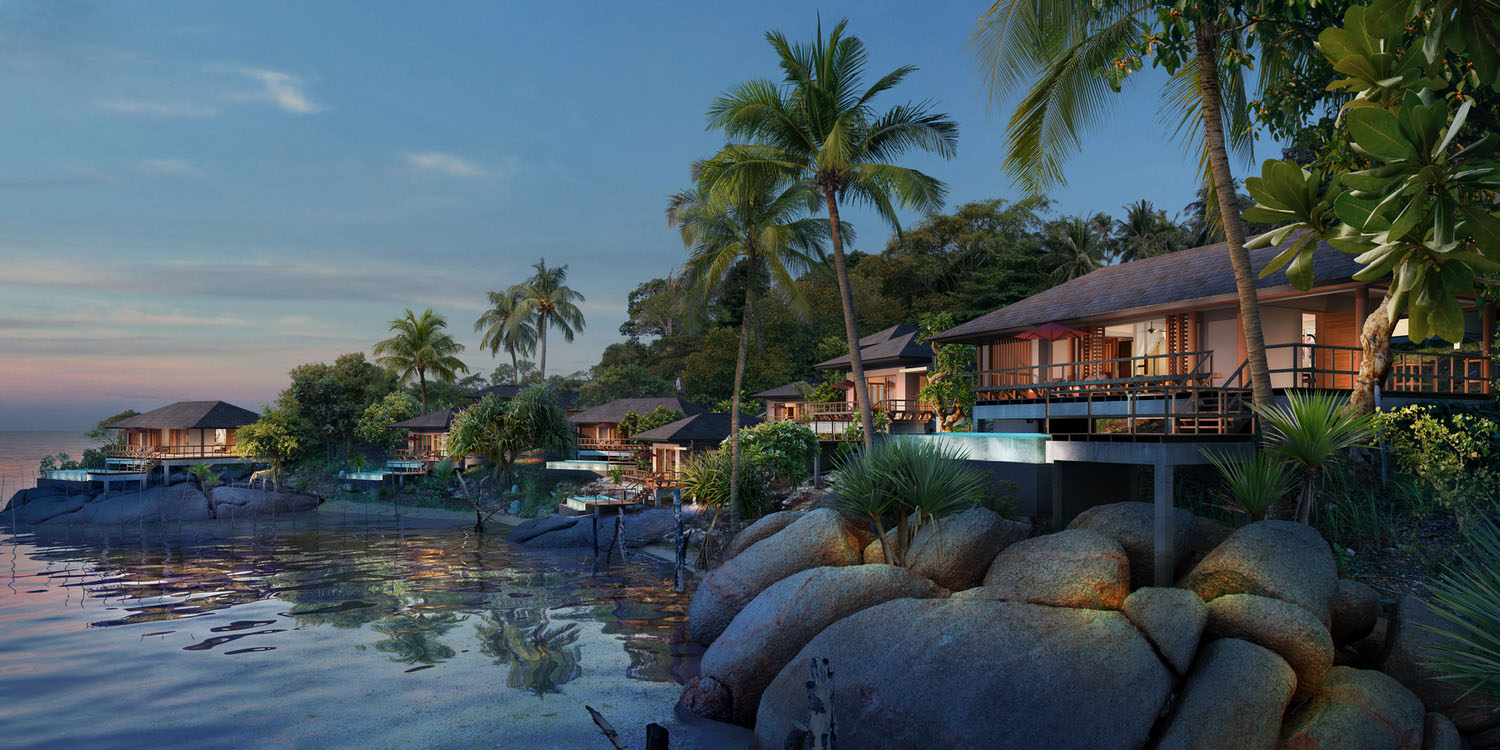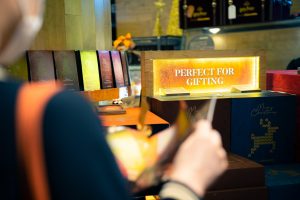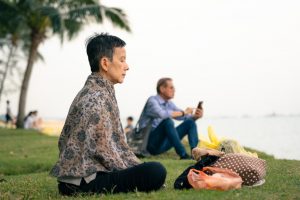But 28 years later, that dream has not taken off and Bintan remains a sleepy island. Many of the resorts have aged, and the rest of the 60,000 km2 land area is still largely underdeveloped, covered in jungles and mangroves.
There’s really not much to do other than the typical water sports and seafood dinners. (Honestly, when was the last time you’ve actually set foot on the island?) With budget airlines operating fast routes to exotic destinations in the region for fairly cheap, a 3D2N stay on Bintan doesn’t seem like the most bang-for-buck holiday.
It’s a shame because the untouched natural beauty of the island holds so much promise for a vibrant tourism industry. Those looking for a pristine white beach to laze on would be excited to make the switch from the crowded sands of Phuket and Bali for an undiscovered oasis closer to home.
Bintan may seem like a forgotten getaway to the average Singaporean; in fact many would view it as a tourist trap targeted at the lazy traveller who doesn’t want to fly or plan an itinerary.
In truth, the island holds much more value than that. It is a symbol of the close economic cooperation between Singapore and Indonesia. More importantly, it’s a relic of the historic friendship between Mr Lee Kuan Yew and Mr Suharto when they were leaders of their respective countries, following a period of konfrontasi under Suharto’s predecessor Sukarno.
The island had been on course to be not just a top holiday destination but also a major manufacturing base for MNCs, when investments first poured in for the Singapore-Johor-Riau (SIJORI) Growth Triangle announced in 1989.
The undeveloped stretch of white beach earmarked for the construction of resorts had originally been used by the Indonesian Marine Corps for training. But Suharto agreed to allow the area to be developed as a beach complex geared towards Singaporean residents and tourists.
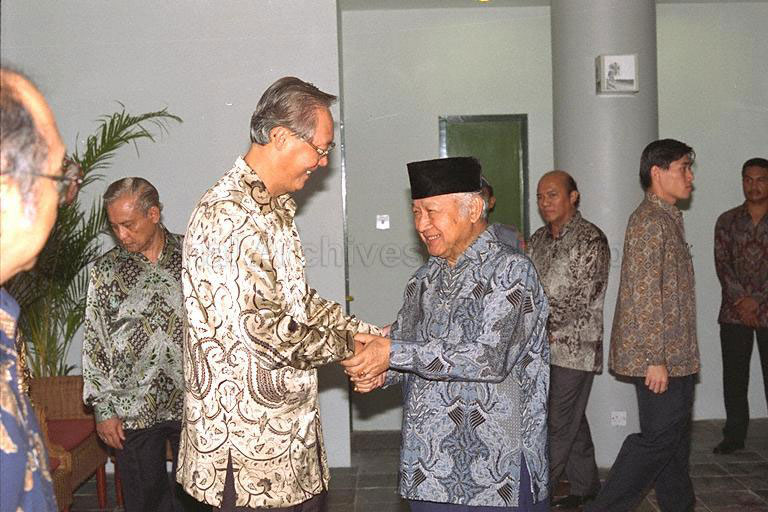
“[Mr Suharto] regarded Mr Lee as a friend, who spoke clearly, could be relied upon and whose judgement was valued. Because of Mr Suharto’s support and direction to his officials, negotiations for joint projects such as the Batam Industrial Park, Bintan Beach International Resort, the Riau Water Agreement and the Air Combat Manoeuvring Range in Pekanbaru proceeded smoothly.
When Mr Suharto visited Batam and Bintan Beach, he observed that the swift implementation of factory and hotel development proposals by foreign investors demonstrated Singapore’s honesty and reliability. Mr Suharto saw Mr Lee as a man of his word, who could be trusted to uphold his commitments.”
While brand names like Club Med and Banyan Tree brought glamour and glitz to Bintan in the early years, unfortunately Indonesia did not fully recover from the Asian Financial Crisis when it struck in 1997. Suharto had also lost his authority and by 1998 had been deposed. The string of political successors failed to bring the country back to the heights of economic dominance that made it a regional power between the ’70s and ’90s. As Indonesia’s economy stagnated, Bintan was increasingly overlooked.
Without the political protection offered by Suharto’s rule, many of the companies involved in Bintan’s development came into dire financial straits. As a result, the island’s paradise dream became increasingly hard to realise as the cash flow trickled. Fewer new hotels and resorts were built, and financial and construction woes left some of these projects in limbo.
An international airport had been planned more than a decade ago to facilitate direct flights for tourism from countries other than Singapore. But it had continually been delayed year after year, and was only initially approved for charter flights. Approval for a full-fledged international airport finally came in 2017, and the airport is now slated to open in 2020 with first stage of construction 30 per cent complete this year.
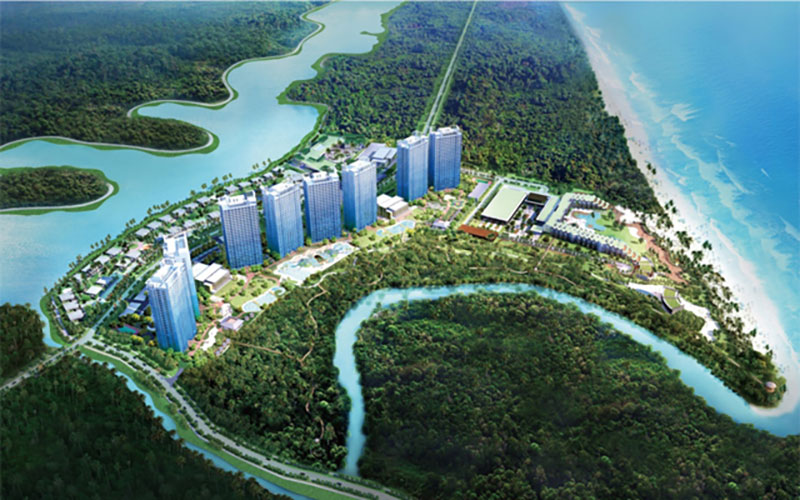
Development on the island has since progressed to phase two and expectations are that its tourist arrivals will now grow exponentially. There is now an impetus to transform Bintan with population growth, and the overall vision is to create an eco-tourism destination that allows resorts and condominiums to coexist with the island’s natural beauty.
The area selected for this vision is Lagoi Bay, situated in the northern part of Bintan. The award-winning luxury hotel The Sanchaya was the first to open in 2014 in this area, and for a period of time had been the only holiday accommodation in the area.
But with new projects kicking into high gear, Lagoi Bay is now poised to usher in the second coming of Bintan’s paradise dream that would rival Bali as the ultimate beach destination in Southeast Asia. For instance, The upcoming Haven Lagoi Bay Bintan resort will comprise six towers of condominium suites, a 250-room five-star hotel and a 3,000-seat convention centre due to be completed in four phases by 2026.
The entire project is expected to be valued at over $1.4 billion, illustrating the huge potential that Bintan holds as a recreational and residential destination. Adding to the appeal of The Haven’s luxurious project is its exquisite location – surrounded by a rare combination of three pristine waterfronts of sea, river and lake.
CEO of The Haven Group Peter Chan says, “Lagoi Bay is the very first site I’ve encountered with a distinct combination of being absolutely pristine and yet remarkably close to a major metropolis. Bintan Resorts has been gazetted as a protected area and a Free Trade Zone. Its infrastructure boasts first-world standards and the area has been crime-free for over two decades. As such, I am immensely confident of our development’s popularity.”
Bintan may have missed the boat previously to join the leagues of Bali and Phuket as a top-tier tourism destination. But after the stabilisation of the post-Suharto era, the time is now ripe to capitalise on the evolving demands of tourists in the region and reap the island’s untapped potential.
Have something to say about this story. Write to us at community@ricemedia.co

